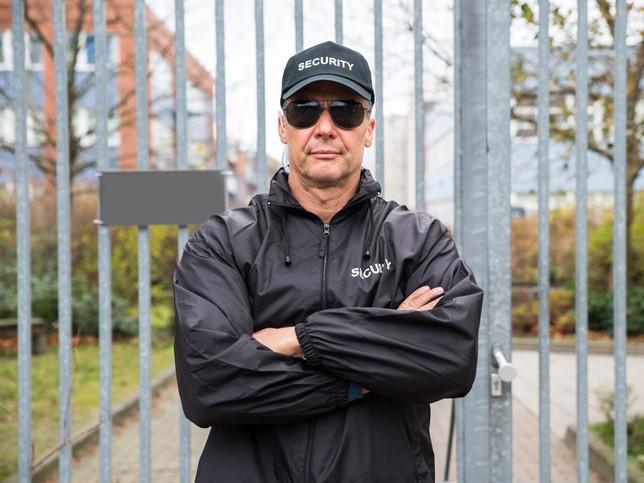Work on equality, diversity and inclusion in universities has taken on urgency in the light of momentous social movements such as Black Lives Matter. However, this work is often fraught with conflict, dogged by scepticism and mistrust, or dismissed as boring tick-box exercises. How do those with leadership responsibilities rekindle the spark and infuse the work with a renewed sense of passion? Here are five suggestions based on my research, teaching and leadership experience across two countries:
- If we truly want a level playing field, we must focus on social capital
- Questions you should ask yourself about your role in institutional racism
- Hidden in plain sight: spotlighting invisible Black female academics
1.Build grassroots connections
Celebrate the unacknowledged work of staff and students as an important foundation to bring further change. Revitalise grassroots networks so that they surface areas of discontent and co-construct solutions. Acknowledge this work through workload allocation and formal recognition such as consideration in promotion. Develop structures for two-way communication between those working across all parts and levels of the university and the senior leadership team. Develop high-trust relationships. Listen and be honest about what you can and cannot do, and explain why, rather than hide behind obtuse language.
2.Bridge fractured communities
Silos often develop between different groups fighting for equality in relation to gender, race, sexuality and disability. In the worst-case, groups feel they are competing for scarce resources. Develop incentives such as shared funding to build bridges of communication and nudge groups towards collaboration. Develop ways to open difficult conversations when the rights and priorities of groups conflict. Try to put actions in place that simultaneously enhance equity for a range of groups. Avoid paying the most attention to those that have power and make space for the least powerful voices. Ensure that strategies recognise the complex diversity and intersectionality of university communities, while remaining attentive to specific challenges faced by particular groups.
3. Make it real
Implementing equitable processes is essential; but too great a focus on process may leave people bored and frustrated by navigating bureaucratic hoops and finding little impact. Embed change by identifying the specific equality challenges in your institution, then guide people on what they can do differently in their core activities, and help them understand the positive impact this will have.
Do not undertake activities that simply look good or can be easily counted, but which you know are unsustainable long term. Do not rely solely on off-the-shelf equality training. People are often not able to connect with standardised content, which can be dry and too far removed from their own context and lived experiences. Create bespoke training that draws on stories from your own institutional community, or involves creative or playful elements to create a more energising platform for discussion and change.
4. Create an open culture
Rather than solely instructing people on what they cannot do, allow or even encourage them within the bounds of respect and dignity to discuss, question or criticise issues related to equality, diversity and inclusion. Allow everybody to engage without fearing they will come under fire for making a mistake. Allow people to experiment, give them the space to fail, and derive learning opportunities from this. This does not mean ignoring breaches of respect or dignity or avoiding investigative procedures when violations or harassment is reported. It is not an either/or situation. Institutions should take action when violations occur, while at the same time encouraging respectful and critical dialogue.
5. Inclusive leadership
Many universities have created equity, diversity and inclusion focused positions as part of the senior management team, which is an important step forward. However, there is a danger that responsibility for this work will be seen to lie with a single institutional leader. It is important that all senior leaders engage in diversity training, reflect on their own histories and perspectives and understand how these play out in the institution. Everyone must engage actively in embedding positive actions into the work that they do.
Rajani Naidoo is vice-president (community and inclusion), Unesco chair in higher education management, and co-director of the International Centre for Higher Education Management at the University of Bath.
If you would like advice and insight from academics and university staff delivered directly to your inbox each week, sign up for the Campus newsletter.




comment